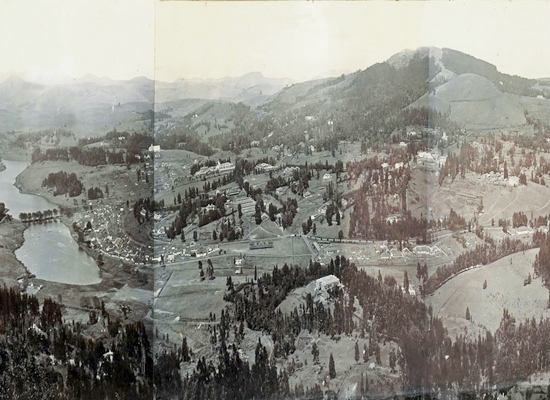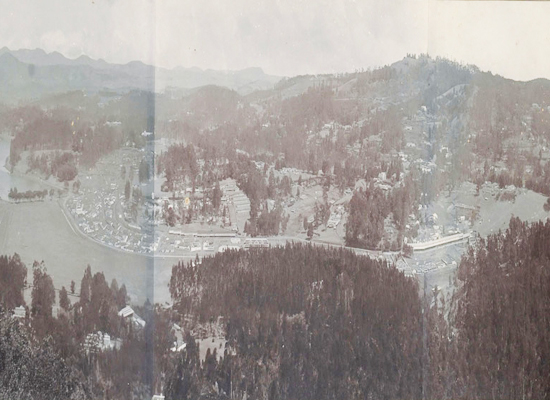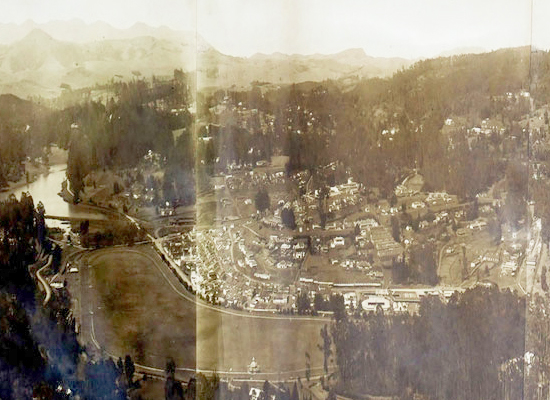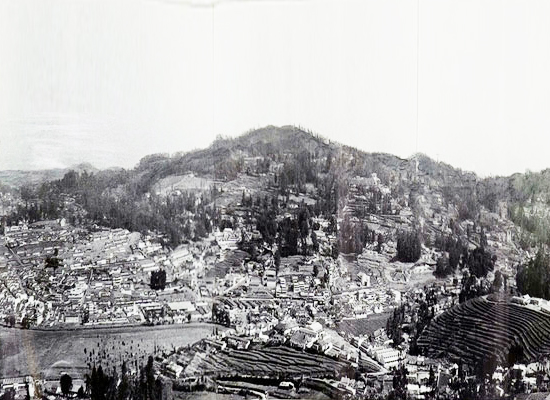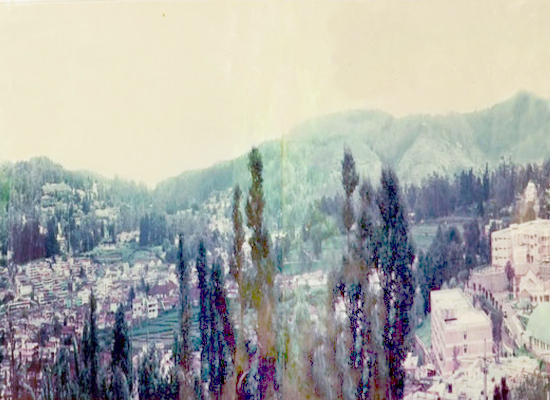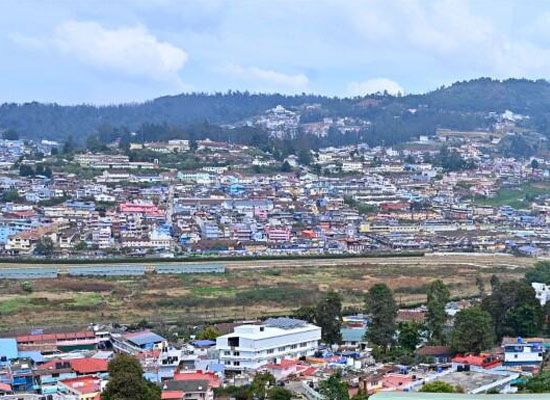1842
Extracts of a circular dated January 1st, 1842, addressed to the European residents in India, by Dr. Baikie, reads: “To the Zeal, energy and perseverance of Capt. Douglas – the founder – the Club is indebted for having overcome these difficulties, and having succeeded in founding and opening the Ootacamund Club, now for 3 months in full operation.”
The concluding paragraph of his circular reads: “Much of it will be seen, has already been done, and with, but, limited means. It depends on an enlightened 7 liberal public to assist in carrying out what yet remains to be done, and the committee of management is now appealing to the whole Indian Community for their assistance and support, do so with the more confidence that their object is not only the limited one of adding to the comfort and convenience of a few, but the far higher one of smoothing the pillows and raising the languishing head of sickness and sorrow – of affording so far as may be, to the numerous sufferers from the effects of a tropical climate, a substitute for those comforts and conveniences otherwise only procurable in their native land, which they are forbidden by distance, want of time, and means, to partake of at their source.”
This circular tells us how and why Clubs in India came into being.
A link to Frederick Prices, narration on the formation of the Ooty Club, its prevailing Meal charges and invitation to Membership along with the list of members and their contribution can be viewed here.





